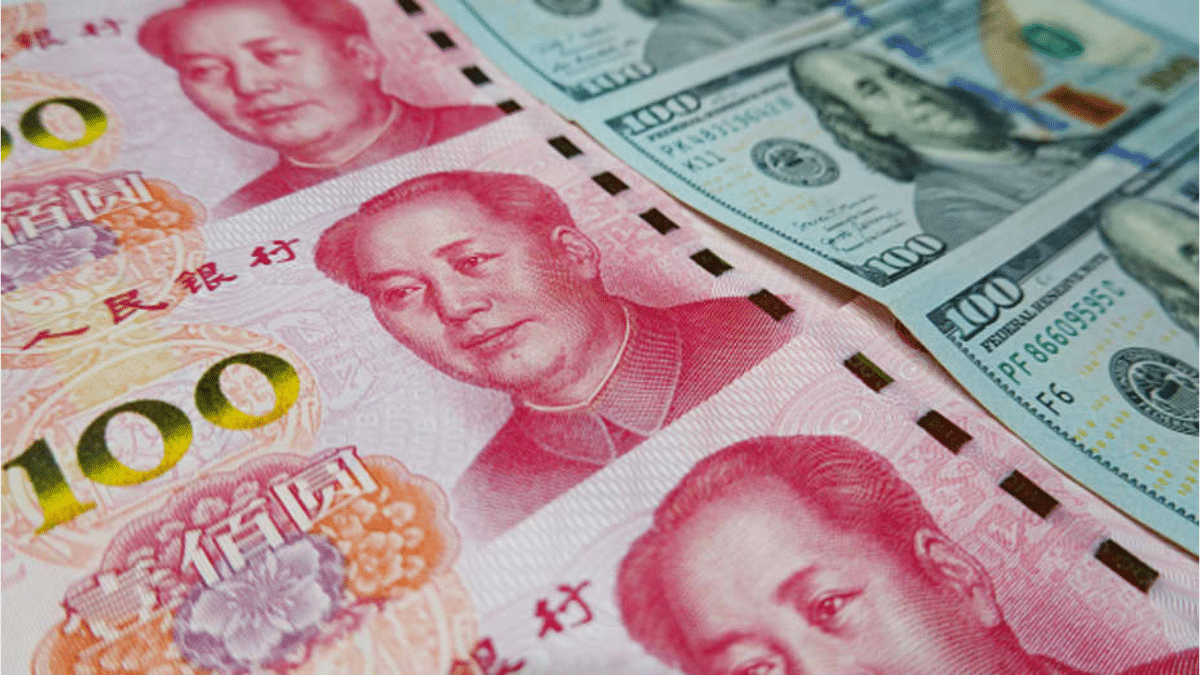 Image Credits - CNBC
Image Credits - CNBC
The Chinese yuan has found itself under pressure, facing headwinds from a wobbly economy and capital flight. But unlike the brute force intervention of 2015, when the People’s Bank of China (PBOC) wielded its trillion-dollar reserves like a currency warclub, Beijing’s present strategy has taken a surprisingly subtle turn. China has embraced a ‘whisper offensive,’ a strategy relying on backroom negotiations and veiled guidance to steer market players and sculpt the yuan’s trajectory.
This shift, a stark departure from the past playbook, marks a fascinating experiment in currency control. Interviews with over two dozen market participants reveal intricate details of this novel approach. Regulators, acting like chess masters, have orchestrated “at least two dozen cases” where coordinated, market-specific interventions were deployed to counter yuan depreciation. The playbook is diverse: nudging specific banks to adjust their trading activities, subtly signalling acceptable levels of currency movement, and even influencing cross-border financing channels.
While the immediate goal – taming the downward pressure on the yuan – seems to have been achieved, this quiet war comes at a cost. Trading volumes have plunged, reflecting a market chilled by regulatory scrutiny. The very ambition of making the yuan a global reserve currency, a pillar of international finance, seems undermined by this internalized control.
Unpacking the ‘whisper offensive’ reveals its intricate choreography. The PBOC sets the stage by setting the daily reference rate, a crucial benchmark for yuan trading. This rate, once seemingly arbitrary, has become a powerful tool, subtly communicating the central bank’s tolerance for currency movement. Deviations beyond this unspoken threshold trigger quiet interventions, with regulators discreetly contacting specific banks, urging them to adjust their positions or calibrate their trading activity.
But the game extends beyond mere nudges. The State Administration of Foreign Exchange, China’s currency watchdog, becomes the orchestra conductor, coordinating movements across different market segments. It can influence cross-border financing flows, tweak reserve requirements for banks, and even adjust macroprudential factors to subtly influence capital outflows. The result is a delicate dance where market forces intertwine with regulatory whispers, shaping the yuan’s path without resorting to overt muscle-flexing.
The effectiveness of this approach is undeniable. The yuan, while facing headwinds, hasn’t experienced the freefall of 2015. But the victory comes with a hefty price tag. Trading volumes have plummeted, stifling the vibrancy of China’s foreign exchange market. Global investors, accustomed to open and transparent markets, may find this opaque system unsettling. This raises doubts about the yuan’s ambition to become a true global reserve currency, a role that demands trust and a free-flowing market.
